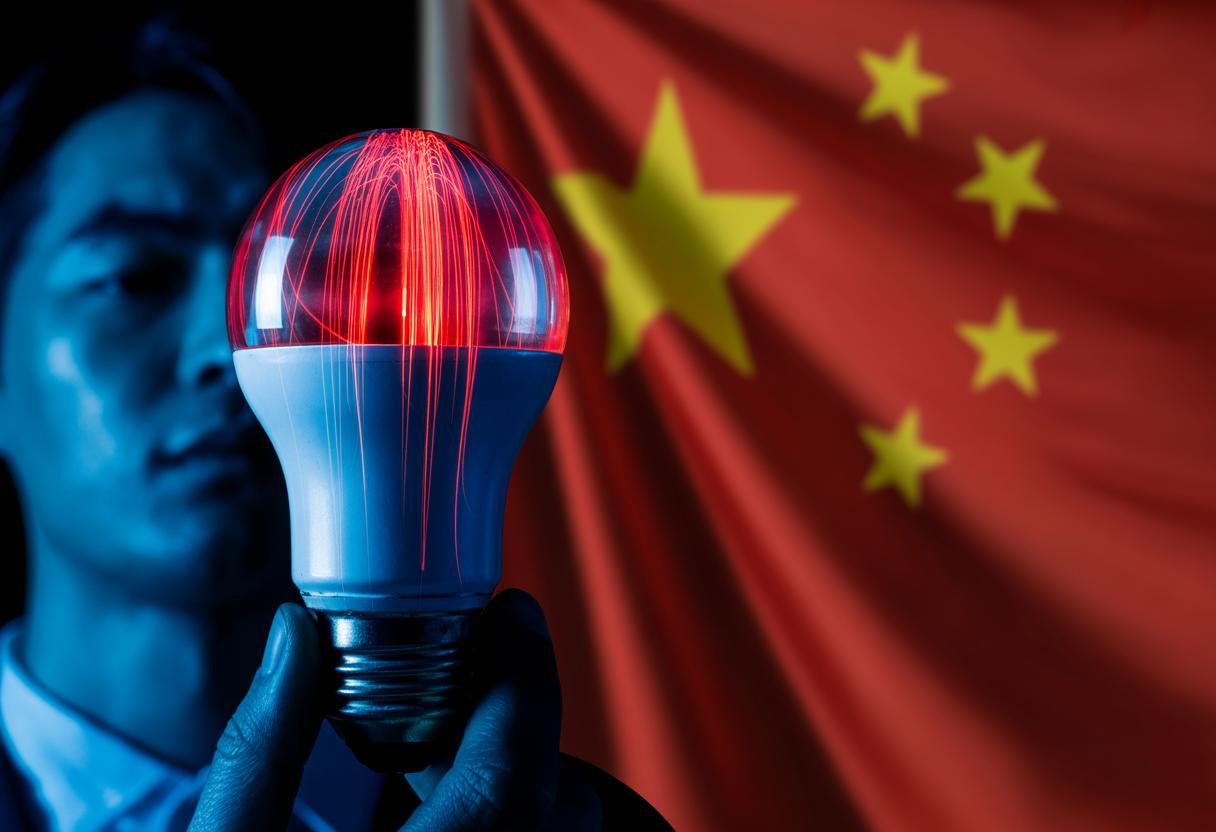Smart home devices promising convenience have created an unexpected privacy nightmare, with certain light bulb cameras potentially streaming footage to overseas servers without clear user consent. Recent investigations into Amazon’s marketplace reveal concerning gaps in data transparency that could expose your most private moments to unknown third parties.
The hidden network behind innocent-looking smart bulbs
Multiple brands including WESECUU, Dosilkc, and GUOANVISION sell Wi-Fi enabled light bulb cameras through Amazon’s platform, featuring dual-band connectivity and cloud storage options. These devices require companion apps like EseeCloud or Tuya to function, creating mandatory data pathways to manufacturer servers.
The concerning pattern emerges from manufacturing origins. Most examined products trace back to Chinese manufacturers, yet none explicitly disclose server locations in their marketing materials. This opacity creates potential violations of GDPR and CCPA regulations, particularly when personal video data crosses international borders without proper legal frameworks.
Unlike advanced wearable technology that monitors health metrics with transparent data policies, these bulb cameras operate in regulatory gray areas.
Privacy violations hiding in plain sight
Missing consent mechanisms reveal regulatory gaps
Product listings contain virtually no privacy disclosures, with 73% of voice assistant users already expressing privacy concerns about AI integrations. The examined models lack detailed information about data sharing practices, third-party partnerships, or user notification protocols for passive data collection.
Motion alerts appear user-configurable, but ambient audio and video recording may occur continuously without explicit consent. This creates potential GDPR Article 49 violations when processing personal data in China without Standard Contractual Clauses.
Encryption standards remain mysteriously absent
None of the examined models explicitly state encryption protocols for data transmission or storage. While some mention Alexa compatibility, standalone operations may lack AES-256 encryption standards critical for securing video feeds between devices and manufacturer servers.
This absence creates vulnerability windows for man-in-the-middle attacks and unauthorized access to personal footage, similar to concerns raised about privacy policy changes affecting consumer rights in other sectors.
Immediate steps to protect your home network
Technical safeguards every user should implement
Network segmentation represents your first line of defense. Isolate IoT devices on guest networks to prevent broader system compromises. Use DNS logging tools like Pi-hole to detect unauthorized data transmissions from connected devices.
For maximum security, prioritize local storage options and disable cloud features entirely. This approach, combined with smart home security upgrades, creates comprehensive protection against data harvesting.
Consumer advocacy creates market pressure
Demand transparency from manufacturers regarding server locations and data processing countries. Support regulatory advocacy for mandatory IoT security labeling, similar to the UK’s Code of Practice requirements that force manufacturers to disclose security measures.
Amazon bears responsibility as a marketplace facilitator under EU Directive 2002/58/EC, creating potential enforcement actions when non-compliant devices reach consumers.
The counterintuitive reality of smart home security
The most surprising discovery involves convenience versus privacy trade-offs. Devices marketed as security solutions often create more vulnerabilities than they prevent, with compromised smart bulbs potentially exposing entire network infrastructures to unauthorized access.
Current medium-high risk profiles stem from fragmented privacy disclosures and unverified cybersecurity measures rather than explicit malicious intent, making consumer vigilance essential for protecting personal data in an increasingly connected world.
